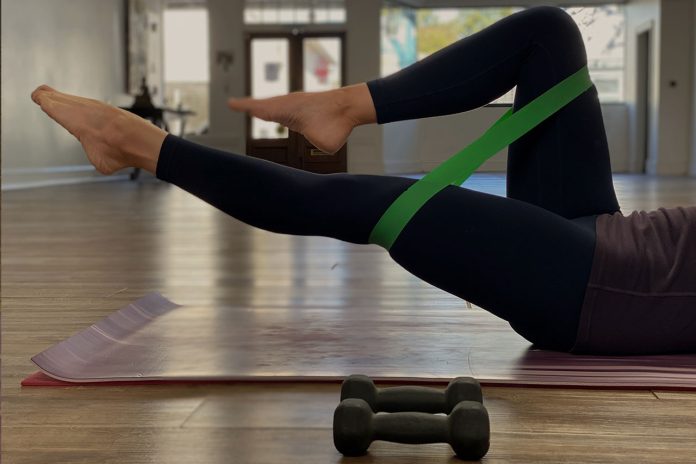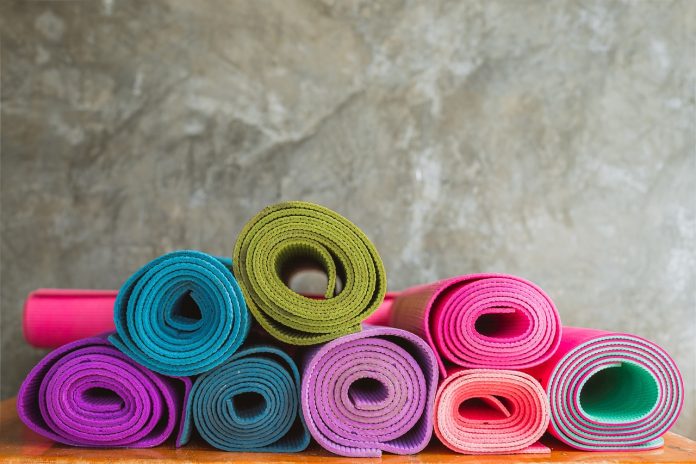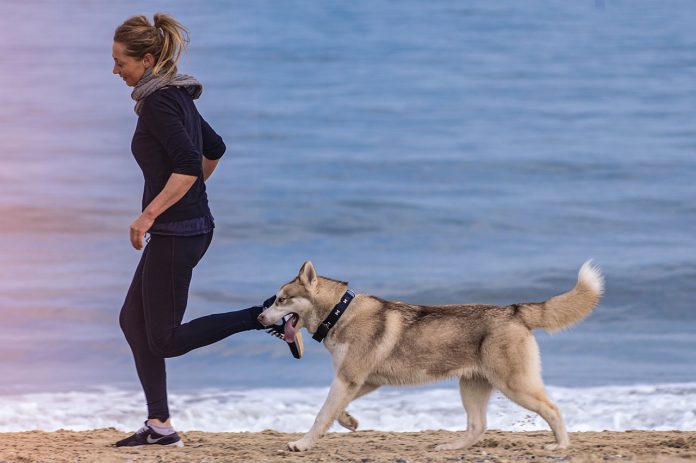While a basic yoga practice requires little more than a mat, using certain props and aids can enhance your comfort, alignment, stability, and flexibility as a beginner. Yoga equipment like blocks, straps, and bolsters serve as useful modifications to allow practicing poses safely and effectively. Investing in quality supportive gear gives you the tools to go deeper in your practice over time.
Table of Contents
You may also want to know: How to Start a Yoga Practice
Benefits of Yoga Props
Incorporating yoga props offers beginners these advantages:
- Allows you to better achieve proper alignment in poses by providing support. Prevents injury or strain.
- Provides modification options so those new to yoga can work at an appropriate level.
- Compensates for limited flexibility until the body becomes open with regular practice.
- Adds support for those with hand or wrist pain to avoid further strain.
- Helps stabilize the body when balancing to improve stability.
- Provides comfort and cushioning for bony areas like the hips, knees, or ankles.
- Elevates parts of the body like the hips to relax muscles during restorative poses.
Props make yoga more accessible. Using them allows staying in poses longer to increase benefits.
Essential Yoga Equipment for Beginners
These are the fundamental yoga props beginners should own:
Yoga Mat – Necessary cushioning for floor poses and traction for standing balances. The standard size is 24 x 68 inches.
Yoga Blocks – Offer height to make poses more accessible. Support hips, hands, spine, and more. Usually made of dense foam.
Yoga Strap – Allows extending reach to bind hands in poses. Also used for traction during stretches. Sturdy 6-10 foot cotton straps.
Yoga Bolster – Plush cylindrical support pillows. Place under knees props up backs, or use during relaxation.
Yoga Blanket – Provides padding, elevates hips, and insulates during relaxation. Fold to desired thickness.
Yoga Wheel – circular wheel aids backbends or deep upper back opening. Foam or wood.
Yoga Sandbags – Weighted bags placed on body areas during poses to increase intensity. Lower back, thighs, or feet.
Yoga Eye Pillow – Plush, weighted pillows that cover eyes. Used during deep relaxation and meditation.
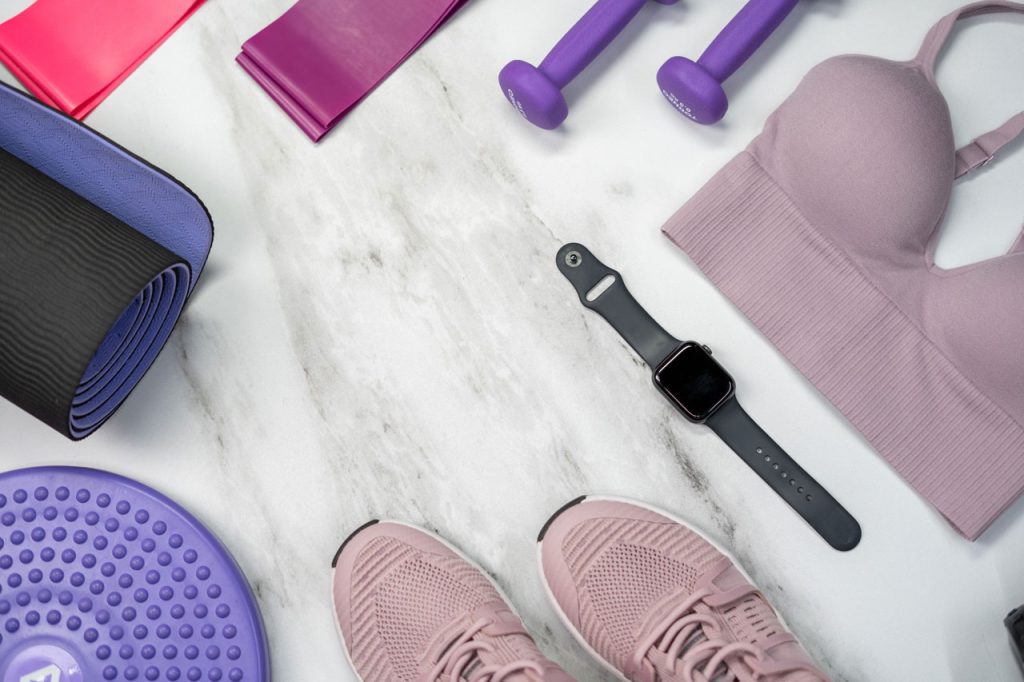
Optional Useful Yoga Props
Beyond basics, useful supportive gear includes:
- Yoga Toes – Gel separators stretch out feet and toes to enhance flexibility.
- Yoga Socks – Help grip mat and protect feet during standing balances.
- Yoga Headstand Bench – Provides angular support for safe headstand practice.
- Meditation Cushion – Rounded cushion aids comfortable seated poses.
- Yoga Knee Pads – Cushions the knees during kneeling poses.
The right props can truly enhance your experience. Try a variety to see what works best for your body and practice style.
How to Effectively Use Yoga Props
Use these tips to incorporate props into your sessions:
- Read class descriptions to know if props will be used to bring accordingly.
- Ask the instructor how to properly utilize props to get full benefits.
- Only use props if they allow you to better align or deepen a pose. Avoid becoming reliant on them.
- Be willing to experiment with different heights of blocks and folds of blankets for the right support.
- Adjust the strap length and tension to bind without overly pulling joints. Leave room to extend further.
- For standing balances, lightly touch a block to provide stability as needed.
- Support your head during inversions like a downward dog with a block to avoid neck strain.
- Place sandbags on areas like the low belly or inner thighs to release muscles in restorative poses.
Always focus on your breath and alignment over rushing through poses. Props simply provide assistance to reach the proper form.
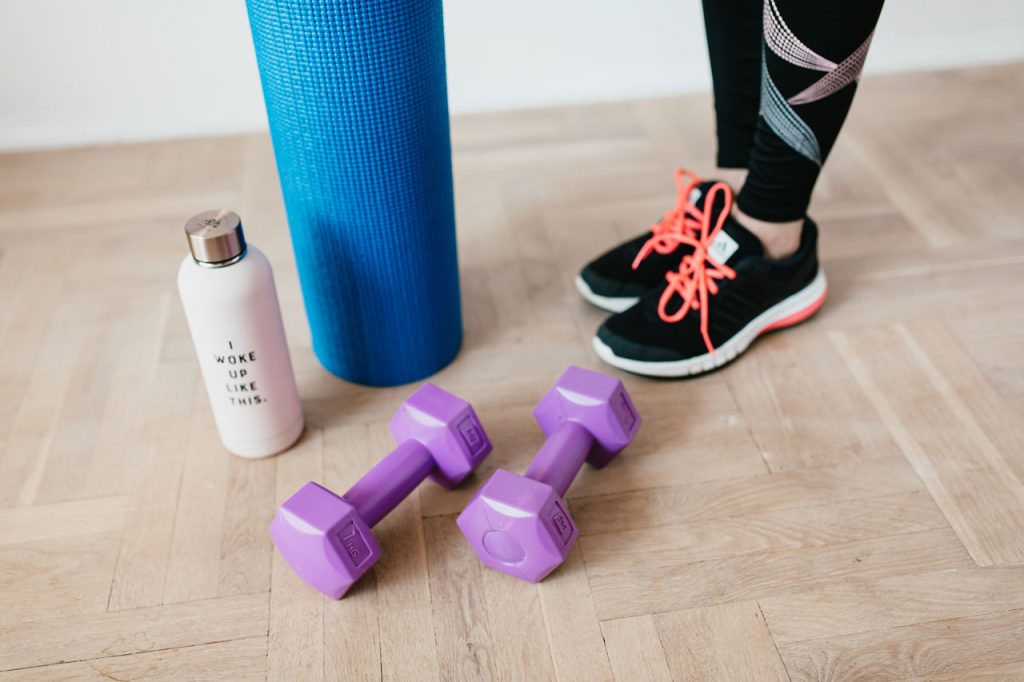
Buying Your First Yoga Equipment
When purchasing your initial yoga accessories and props:
- Invest in a thicker, grippy non-toxic mat like 5mm Jade Harmony for plentiful cushion and traction.
- Start with just 1-2 medium-density 9x6x4 inch rectangular or wedge yoga blocks to test sizing.
- Choose a sturdy 8-10 foot long cotton strap that won’t easily stretch out. Better too long than short.
- For bolsters, opt for a firm, flat style around 25 inches long rather than very rounded or collapsible. Easy to stack and store.
- Grab a basic 4-fold blanket in natural fibers like cotton, hemp, or wool. Varied uses.
- Select an eye pillow filled with soft flax or millet with an adjustable strap for light to moderate pressure.
The right props will take your home or studio practice to a new level. Always put proper alignment first and enjoy the journey of progression!
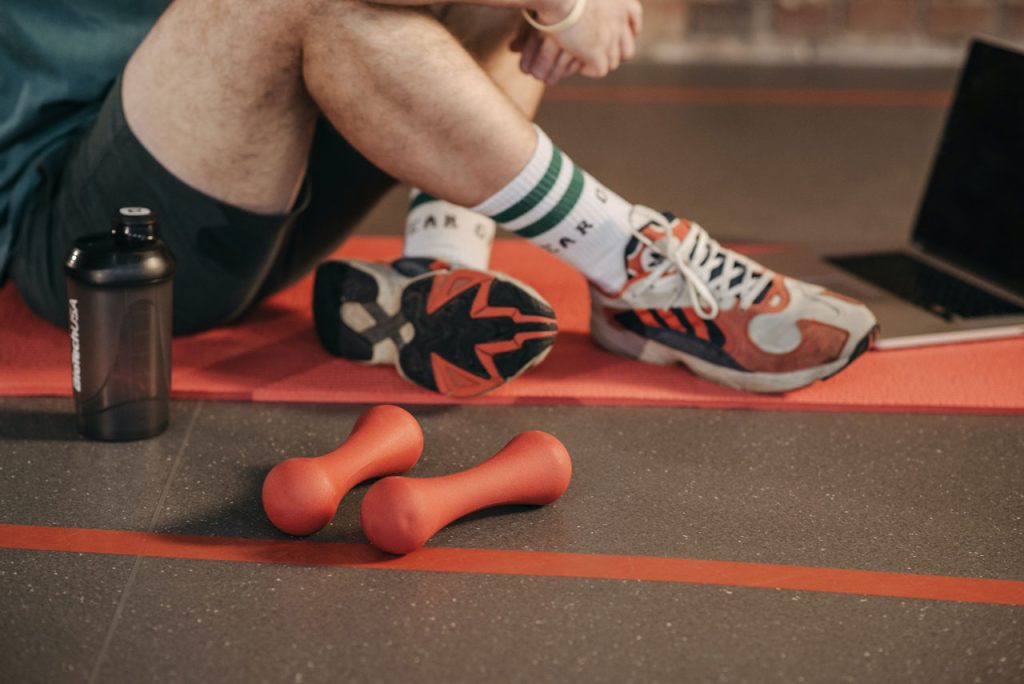
Related Links:
https://en.wikipedia.org/wiki/Yoga


